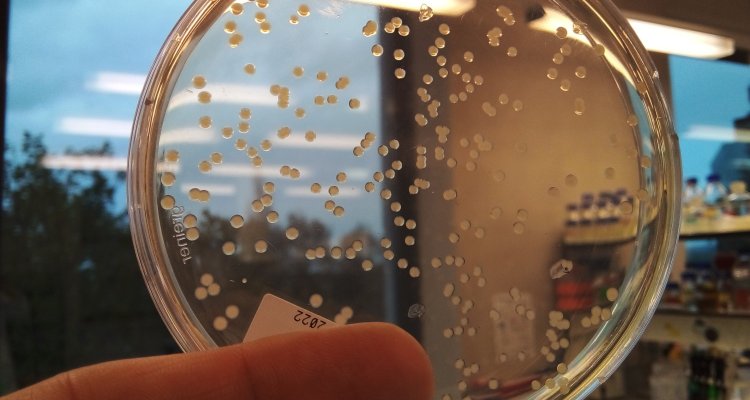
Project
Using novel genetic engineering technologies in antibiotic discovery
In this project we aim to use novel genetic engineering tools for the heterologous production of complex natural products. We plan to develop a platform for the discovery and manipulation of next generation of antibiotics by engineering the bacterium P. putida.
Background
In recent years, antimicrobial resistance has become a major threat to public health. The increasing resistance among human pathogens has resulted in less effective antibiotics. A report from the Department of Health of the UK government has estimated that by the year 2050 more than 10 million annual deaths will occur due to antimicrobial resistance pathogens (de Kraker, et al., 2016). The likeliness of this scenario highlights the need to address this problem globally. Certainly, one of the challenges is to develop novel antimicrobial drugs. Natural products have been playing an important role for the discovery and development of drugs against human diseases such as infections and cancer (Herrmann, et al., 2017). A study performed from 1981- 2010 revealed that most of novel drugs from this period corresponded to natural products or derivatives where anti-infective and anti-cancer drugs represented 69% and 75% of the market, respectively. This evidence confirms the importance of these compounds for the pharmaceutical market (Cragg & Newman, 2013).
Project description
The overuse of antibiotics has led to the apparition of bacteria resistant to our whole arsenal of antimicrobial agents. The World Health Organization (WHO) urges the development of new antibacterial products against 12 families of bacterial pathogens that pose the greatest threat to human health [1]. Soil bacteria are a vast source of natural products with biological functions, including unknown antimicrobials. However, the production of these compounds in its natural hosts is often hindered by the biological characteristics of these bacteria (slow growth in laboratory conditions, lack of genetic manipulation tools, low yields, etc...).
Aims
We aim at developing a workflow for the heterologous production and derivation of complex natural compounds, such as Non-Ribosomal Peptides (NRPs) and Polyketides (PKs), in Pseudomonas putida. This is a versatile microorganism emerging for the production of natural products [2,3]. Given the size and complexity of the gene clusters involved in the production of NRPs and PKs, which difficulties their manipulation by traditional techniques, the workflow will include steps of assembly and mutagenesis in yeast [4].
References
- World Health Organisation (2017). Global priority list of antibiotic-resistant bacteria to guide reseach, discovery, and development of new antibiotics.
- Domrose A. et al. (2015). Front Microbiol. 2015 Sep 15;6:972.
- Wenzel SC. et al. (2005). Chem Biol. 2005 Mar;12(3):349-56.
- Noskov VN. et al. (2003). BMC Genomics. 2003 Apr 29;4(1):16.